2019 Yamaha WaveRunner GP1800R vs. Kawasaki Jet Ski Ultra 310R: By the Numbers
The 2019 Yamaha WaveRunner GP1800R and Kawasaki Jet Ski Ultra 310R are a pair of performance PWC that offer up arm-stretching power. Let’s see how they compare…by the numbers.
If you look at just about any sport out there, there is one common thread that runs through it all – power. In hockey, if a team is to be successful, the team has some size, speed and power behind it. In motorsports, if you look at NASCAR, the teams are limited and required to match each other, so the challenge is to build a car that harnesses as much power as possible to get to the very edge of the limits and do so in the most efficient way possible. When it comes to PWC, the closest thing we have to NASCAR are our top-level performance craft. Let’s take a look at two of them, the 2019 Yamaha WaveRunner GP1800R and Kawasaki Jet Ski Ultra 310R.
On a Leash
Both of these PWC are the most powerful machines from each manufacturer. That’s kind of a tricky thing to say, however, because of the limitations the manufacturers agree to. When PWC really started to take off in popularity, the Coast Guard noticed the number of accidents that mostly revolve around speed. They made recommendations that the manufacturers voluntarily agree to follow. One of the leading recommendations is, speed is to be limited to 65mph.
What does that mean for our performance machines? For starters, it means that the machines are tuned to get up to that 65 mph mark, and not really go past it. So when a company like Kawasaki says that the Ultra 310R is their most powerful PWC yet, the motor is tuned to deliver you as quickly as possible to that top speed. Can you go past that? With some tuning and modifications, there is vast potential to scream right past 65mph, but that’s entirely on you.
Scottie. More Power!
Not for the faint of heart, the 2019 Kawasaki Ultra 310R has a 1,498cc supercharged and intercooled, four-stroke, DOHC, four-valves-per-cylinder, inline four-cylinder marine engine. It is state of the art with an Eaton Twin Vortices Series Roots-type supercharger with an air-to-water intercooler. It is fed by a digital fuel injection system and has an axial-flow, single-stage 160mm jet pump with a three-blade, stainless-steel impeller that can produce 1,890 lbs of thrust. Kawasaki takes the performance of its Jet Skis very serious, and that is highly evident in this machine. This is their element. They invented the sport and continue to lead.
Yamaha is no slouch in the marine engine power department. The WaveRunner GP1800R is powered a 1.8L 1,812cc supercharged, four-cylinder, four-stroke, “Super Vortex” high-output Yamaha marine engine. Past the engine basics, Yamaha doesn’t supply much info on the engine. It is a 160mm high-pressure pump, but thrust poundage is unknown, at least to us. Yamaha simply says that this engine platform is the most powerful one they’ve produced and it produces more torque than any previous engine, too.
Sporty Spice
Kawasaki made the Jet Ski Ultra 310R look fast. It has clean, flowing lines and flawless construction. The seat is slimmer and made with gripper material for aggressive sport riding and the handlebars can be moved to one of 18 different positions to custom fit your riding style. It has 55 gallons of sealed storage and carries an MSRP of $16,299. I have toured the Lincoln, Neb. plant where these machines are built and have seen the process from start to finish. It is impossible to not be impressed with the level of quality that goes into the construction.
Yamaha outfits the WaveRunner GP1800R with a two-piece, race-inspired seat that also has gripper panels built in for aggressive riders. The hull is made from Yamaha’s NanoXcel material that reduces weight and gives the WaveRunner excellent power-to-weight ratios. The dry weight of the Yamaha is only 769 lbs. The machine has a new longer ride platform to help keep the bow down under hard acceleration and there is a slick reboarding step that folds down from the back. If you’re thinking you want one, the MSRP is $14,199. That’s a lot of Yamaha for the money.
Get PersonalWatercraft.com in your Inbox!
Like PersonalWatercraft.com on Facebook
Comments
Most Popular

2025 Yamaha JetBlaster PRO 2-Up Review

2024 Kawasaki Jet Ski STX 160X Review

Remembering the Sea-Doo XP

Electric Sea-Doo Coming By 2026

Whatever Happened to the Wetbike?




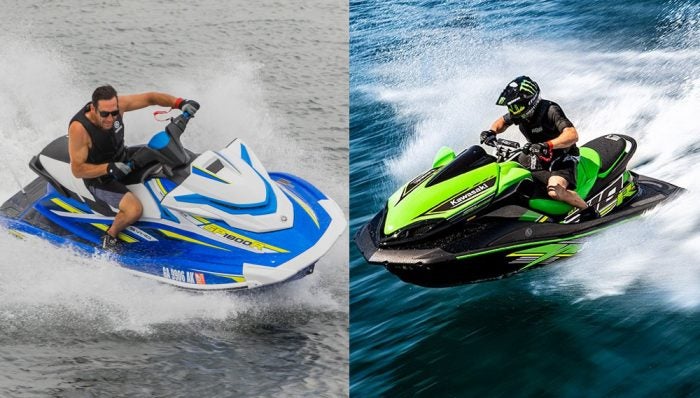
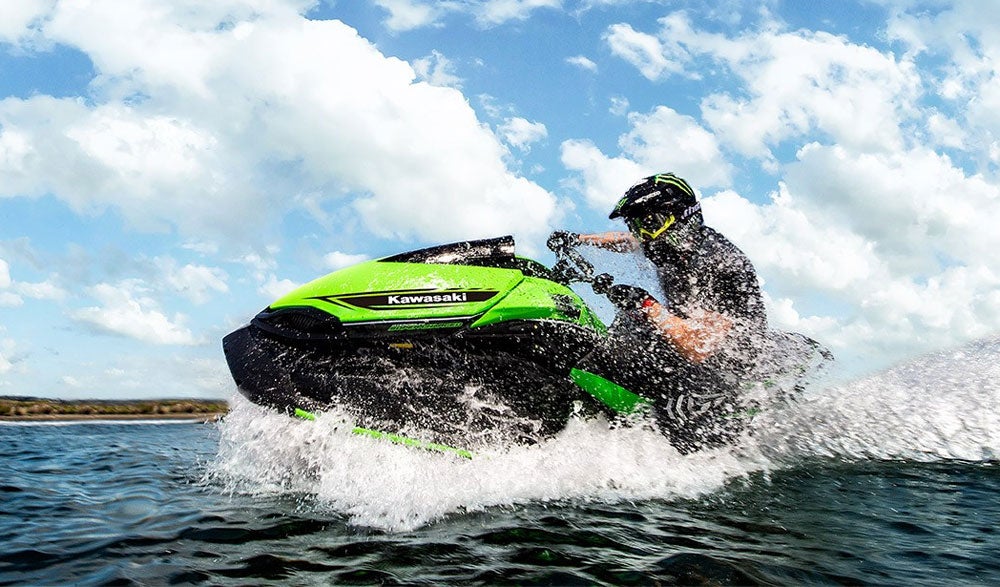
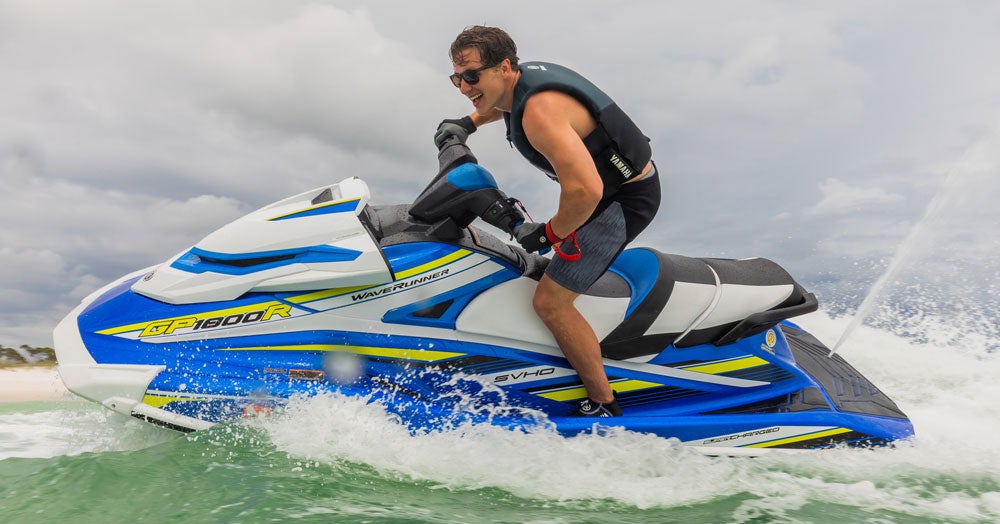
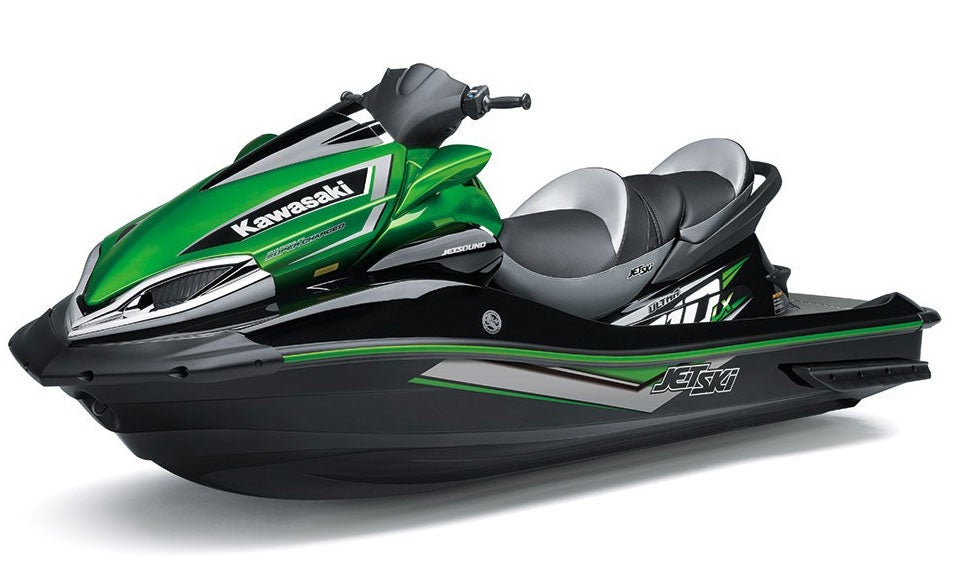
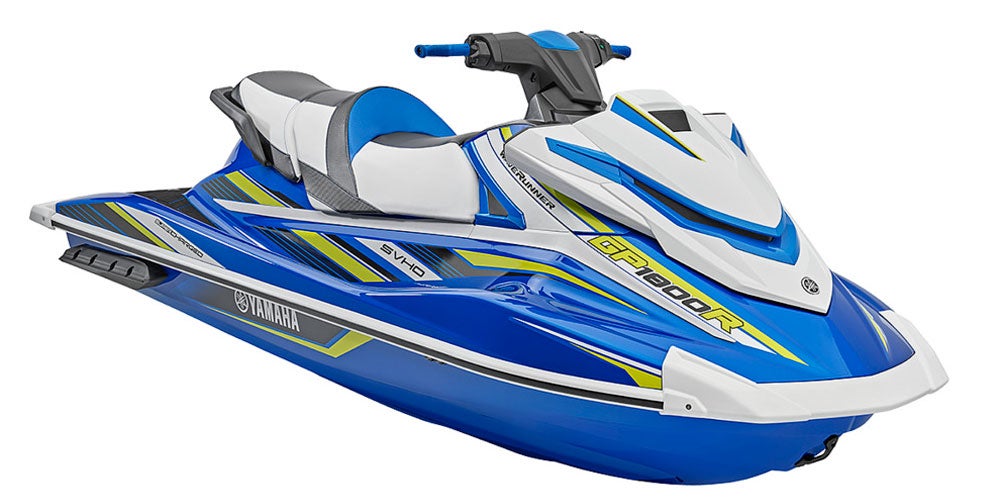









 Your Privacy Choices
Your Privacy Choices